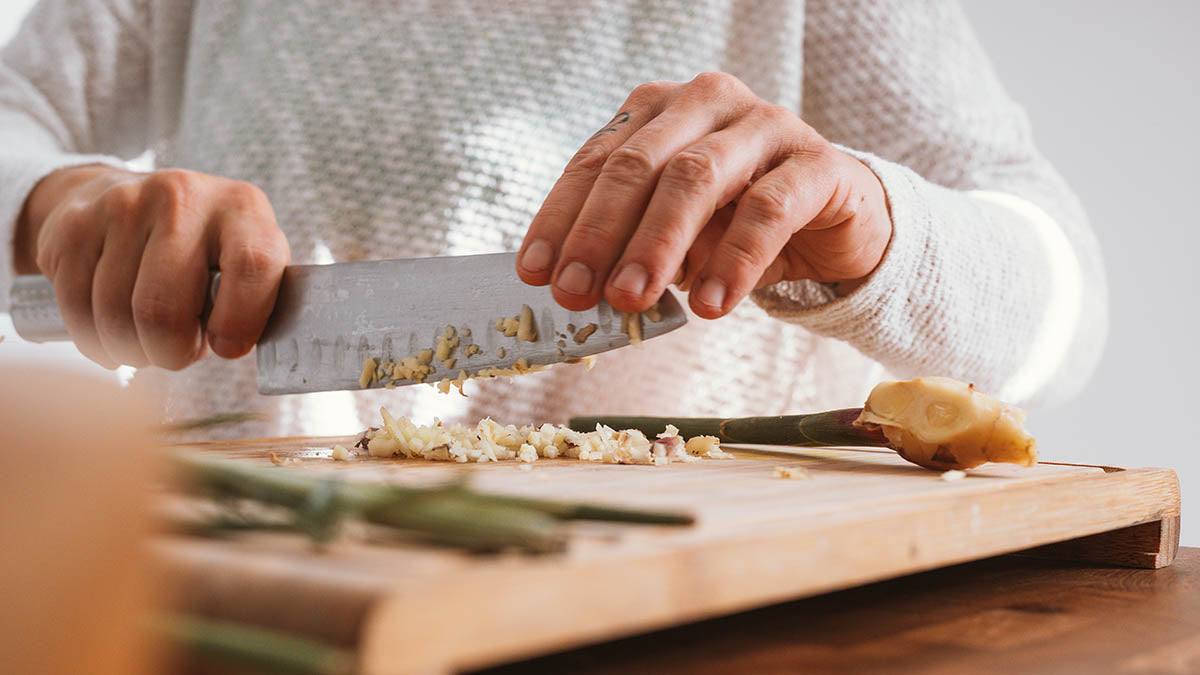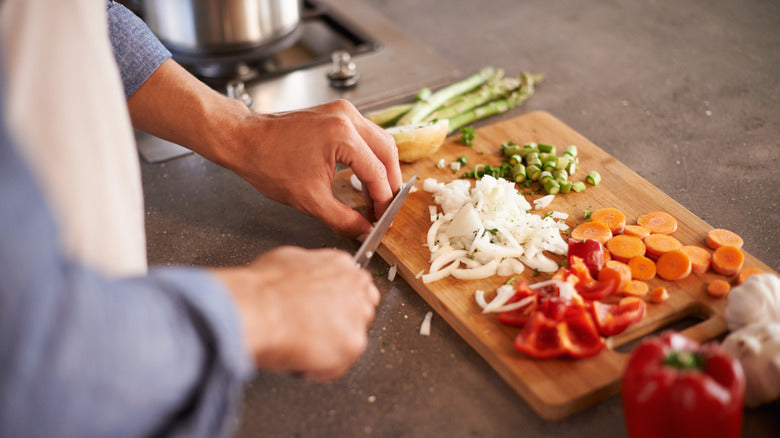A marble cutting board is not just a stylish and functional asset for your kitchen; it's a trusted companion for precision cutting and food presentation. As many kitchen professionals will tell you, proper maintenance of a marble board isn't just an afterthoughtit's essential. If you're wondering how to clean a marble cutting board effectively, you've come to the right guide. Let us take you through the big, approved, and tremendous steps to achieve a spotless, bacteria-free marble cutting board that looks as polished as the day you bought it!

Why Cleaning Your Marble Cutting Board the Right Way is Life-Changing
Your marble cutting board faces daily challenges: knife marks, food stains, and grime accumulation. Unlike other materials, marble is porous and can absorb stains or odors if not cleaned properly. This makes it vital to maintain your marble cutting board using proper techniques. But why is this really life-changing for kitchen professionals?
- Appearance: A clean board preserves its aesthetic appeal.
- Food Safety: Reduces the spread of bacteria.
- Longevity: Protects the delicate surface from permanent damage.
Step-by-Step Process for Cleaning Your Marble Cutting Board
If you've ever searched for how to clean a marble cutting board, you may feel overwhelmed by conflicting advice. The steps below combine proven, professional methods to keep your cutting board pristine and functional.
1. Immediate Rinse After Use
Kitchen professionals understand the value of acting quickly. Once you're done using your marble cutting board, rinse it thoroughly with warm water. This helps in removing food particles and reducing the chance of stubborn stains setting in.
2. Use a Gentle Cleaner
Marble is a sensitive material. Avoid harsh chemical cleaners as they can degrade the surface. Opt for a mild dish soap or specially formulated marble cleaner. Add a few drops to warm water and use a non-abrasive sponge to scrub the board gently.
3. Baking Soda for Stubborn Stains
For kitchen pros dealing with stubborn food stains, baking soda comes to the rescue. Create a paste using baking soda and water, then rub it on the stained areas using a soft cloth. Let it sit for 1015 minutes and rinse thoroughly.
4. Sanitizing With Vinegar
A diluted vinegar solution (equal parts vinegar and water) can help sanitize your cutting board while neutralizing odors. Always ensure its completely rinsed off, as vinegar can harm the marble if left for too long.
5. Quick Drying Is Crucial
Leaving your marble cutting board to air-dry can create water spots. Instead, use a soft microfiber cloth to pat it dry immediately after rinsing.
Attention Kitchen Professionals: Marble Cutting Board Maintenance Tips
To truly excel in maintaining your cutting board, remember these key tips:
- Place a towel or rubber mat underneath to prevent slipping during use.
- Do not use sharp knives excessively on the same spot to avoid scratching.
- Apply a marble sealant monthly to help protect it from wear and tear.
Common Mistakes to Avoid When Cleaning Marble Cutting Boards
Even the best of us can make mistakes. Heres a quick list to ensure youre not accidentally damaging your marble cutting board:
- Dont use abrasive sponges: These can scratch the surface.
- Dont soak it for long periods: Marble absorbs water and can develop cracks.
- Skip the bleach: Its far too harsh for marble surfaces.
Additional Resources for Cutting Board Care
Looking to improve your cutting board knowledge? Check out these insightful articles:

FAQ
1. Can I use abrasive scrubbers on marble cutting boards?
No, abrasive scrubbers can scratch and dull the marble's finish. Use soft sponges or microfiber cloths instead.
2. How often should I seal my marble cutting board?
Its recommended to seal the board once a month if you use it frequently.
3. Can I put a marble cutting board in the dishwasher?
No, dishwashers use high heat and harsh detergents that can damage marble.
Cleaning your marble cutting board doesnt have to be daunting. With the right techniques and tools, you can maintain its beauty and functionality for years to come. For more expert tips, visit EatRight.org.
This article contains affiliate links. We may earn a commission at no extra cost to you.






Leave a comment
This site is protected by hCaptcha and the hCaptcha Privacy Policy and Terms of Service apply.